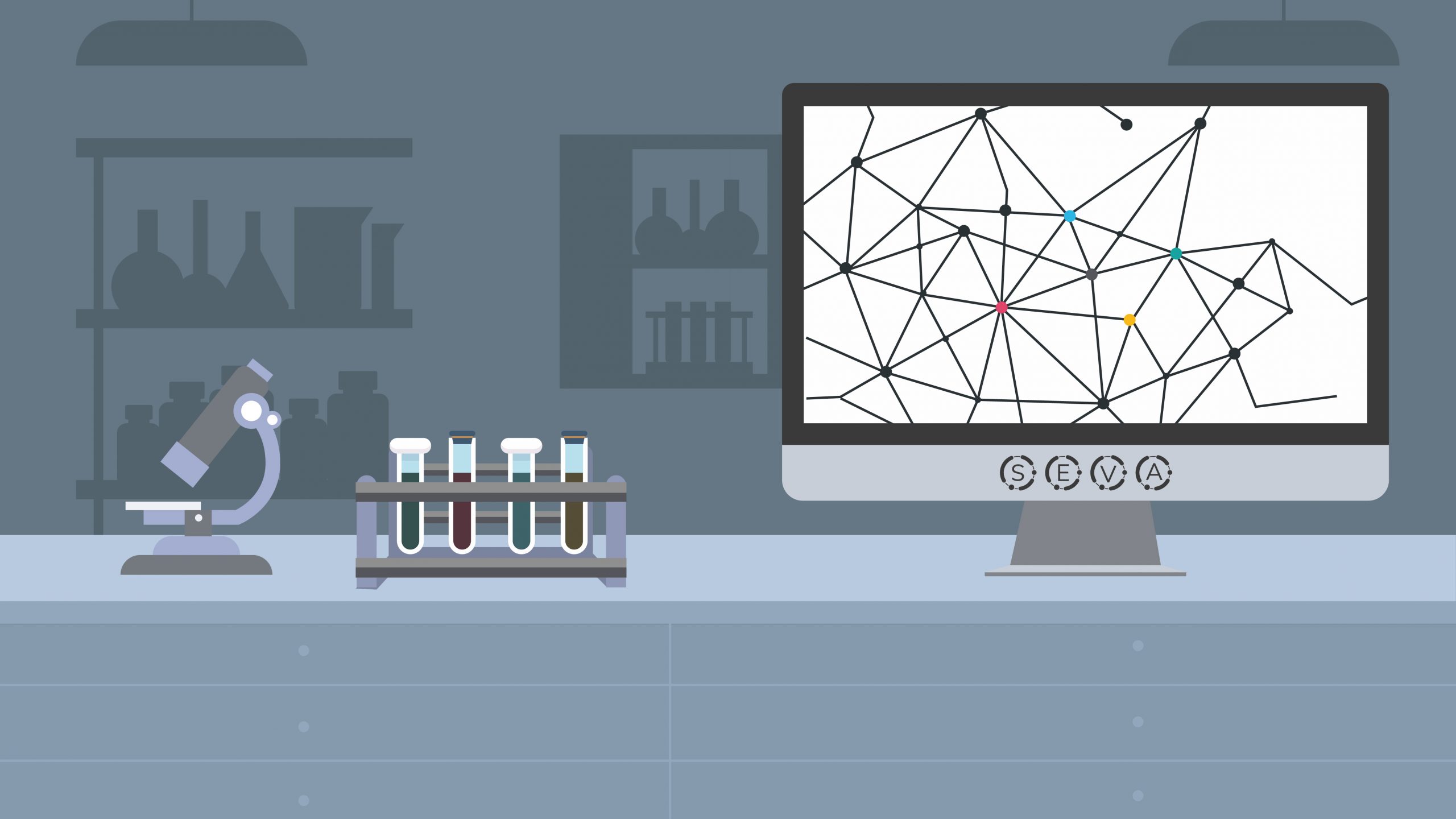The human body is made of approximately 50 trillion cells that share the same DNA, but there are only around 400 different cell types [1]. This variability is, of course, down to gene expression, a process which boasts an inherently high degree of complexity that we’re not yet fully capable of understanding. Then, how can we study the complex systems of living organisms?
Systems biology tries to answer this question through computational and mathematical analysis and by modeling biological systems [2]. We need systems biology because living organisms cannot be reduced to the sum of their parts. In fact, this approach aims to understand how multiple genes and proteins are associated with each other in biological processes, to establish a common biological network. By looking at the entire picture, synthetic biology can provide the tools to effectively redesign and manipulate biological systems or molecules.
How can knowledge generated by systems biology guide our design of better synthetic biology tools? How can we benefit from it?
Solving the (genetic) code
Let’s take a few steps back, get some perspective. The Human Genome Project determined the DNA sequence of the entire human genome and that gave invaluable insights into gene function. However, it was a 13-year-long chore that cost $2.7 billion [3]. Ever since this project, the speed and quality of sequencing techniques has improved, mainly by the design of new bioinformatic tools that analyse large amounts of data, such as Illumina. In fact, these techniques have reduced dramatically the cost of genome sequencing to the point in which a human genome can be now sequenced for only $600 [4].
Cost reduction and the development of these techniques allows even the smallest laboratories to edit or synthesize DNA. However, as we described in our latest blog entry, de novo construction of synthetic systems is still a work in progress that is hindered by yet unknown complexity in the regulation of cells.
Bioinformatics to the rescue
We know gene function is also determined at the transcriptional level, so in order to design biological networks, we must understand how genes are expressed. Through RNA-seq now we can quantify gene expression by measuring the amount of RNA that is produced and it even works with species of unknown genome sequences! [5]. However, a large amount of information is obtained, and it can overwhelm us with bytes of data with no apparent clear meaning. Bioinformatic tools have then become essential to understand and manage the vast sets of data that RNA-seq provides.
If we can determine how much RNA is produced after gene expression, we can establish transcription initiation rates, stability, and termination frequency [2]. And we can study which promoters have a higher strength to produce more RNA transcripts. Then, by using these promoters in our synthetic constructs, we can obtain higher yields of the product of interest.
Looking for a needle in a haystack
Proteins are the final product of gene expression. Luckily, systems biology can also provide information regarding the function and structure of proteins [6]. New protein structure prediction methods are being designed based on the amino acid sequence or by comparison to proteins of known structures. There’s a competition every two years to determine which software is the best at predicting protein structure based on their aminoacid sequence. This contest is called Critical Assessment of Protein Structure Prediction or CASP and it attracts household names like Google, who last year entered and won with their AlphaFold2 software. Based on artificial intelligence, the programme compares novel protein sequences with those of known structure, producing mostly accurate results [7]!
The biological network that systems biology aims to design will establish how proteins interact with each other. Based on that, synthetic biologists can even design proteins that perform novel functions, precisely by predicting how they will fold and interact with other molecules inside the cell. For example, a recent study developed by Yang, C. et al enabled the creation of new protein structures that were functional as components of biosensors, to monitor antibody responses [8].
The entire picture
All the information that systems biology provides allows us to develop more effective and robust methods in synthetic biology. But also, every effort that synthetic biology makes towards understanding gene function, provides system biologists new ways of deciphering the complex regulation of cells. It’s a positive feedback loop where systems biology and synthetic biology help each other thrive.
One of the main advantages of this interaction is that it facilitates the development of standards. Our knowledge in standardisation is mainly based on how the different components of a cell work, instead of looking at the whole organism. Systems biology is trying to fix that, although there’s a long road ahead.
Creating a network that describes how each component from an organism interacts with every other might seem impossible now, but remember, years ago the idea of editing or deleting genes from an organism also seemed like science fiction — now, it is standard practice in many laboratories around the world.
References
- Ma’ayan, A. (2017). Complex systems biology. Journal of The Royal Society Interface, 14(134), 1742-5662
- Liu, D., Hoynes-O’Connor, A. and Zhang, F. (2013). Bridging the gap between systems biology and synthetic biology. Frontiers in Microbiology, 4.
- gov. (2018). What is the Human Genome Project? https://www.genome.gov/human-genome-project/What
- Jeremy Preston, Ashley VanZeeland, & Daniel A. Peiffer. (n.d.). Innovation at Illumina: The road to the $600 human genome. https://www.nature.com/articles/d42473-021-00030-9
- Ji, F., & Sadreyev, R. I. (2018). RNA-seq: Basic Bioinformatics Analysis. Current Protocols in Molecular Biology, 124(1), e68. https://www.ncbi.nlm.nih.gov/pmc/articles/PMC6168365/
- Moore, J. B., & Weeks, M. E. (2011). Proteomics and Systems Biology: Current and Future Applications in the Nutritional Sciences. Advances in Nutrition, 2(4), 355–364. https://www.ncbi.nlm.nih.gov/pmc/articles/PMC3125684/
- AlphaFold: A solution to a 50-year-old grand challenge in biology. (2020). https://deepmind.com/blog/article/alphafold-a-solution-to-a-50-year-old-grand-challenge-in-biology
- Yang, C., Sesterhenn, F., Bonet, J. et al.(2021). Bottom-up de novo design of functional proteins with complex structural features. Nat Chem Biol 17, 492–500
